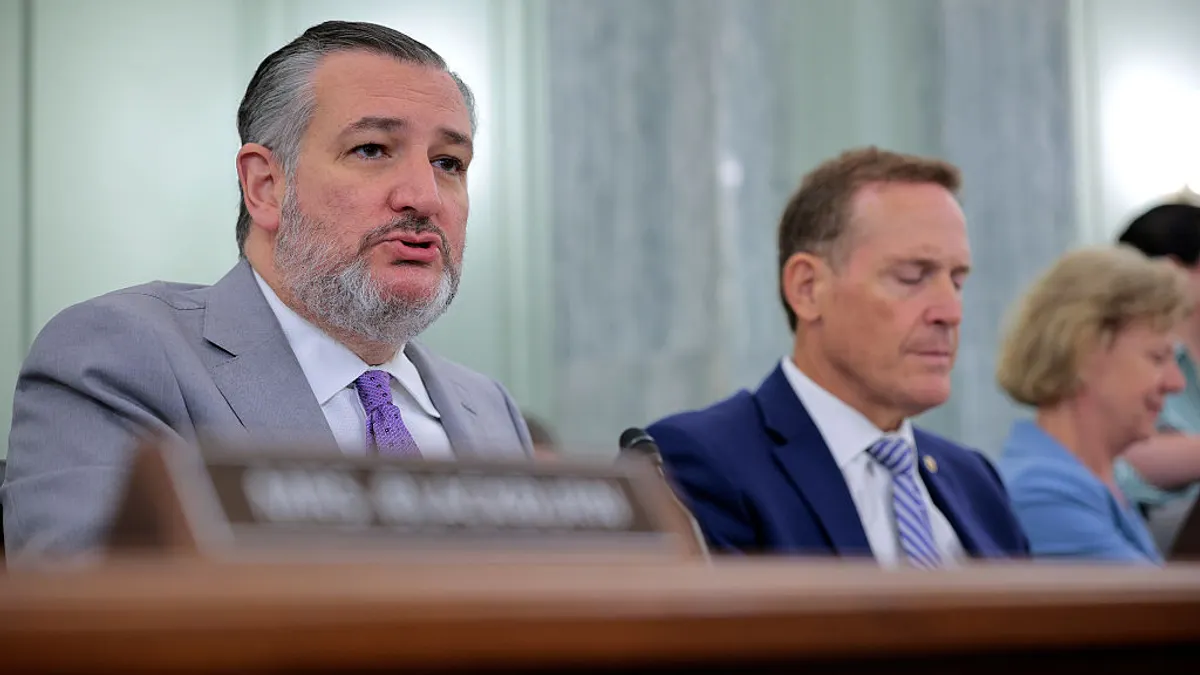Starbucks is known for its hand-crafted and cleverly named beverages, but it is also has a vast supply chain to manage, with technology involved in almost every aspect of the organization.
Maintaining continuity, communication and overall flow is no small feat considering Starbucks has 26,000 stores worldwide, operating in 75 different countries, each independent from one another with a staff of about 20-30 employees. The company earns more than $21 billion in revenues through transactions bringing in roughly $5 at a time.
With more than 300,000 employees, organizing payroll and the people in its systems is crucial, according to Gerri Martin-Flickinger, executive vice president and chief technology officer at Starbucks, speaking earlier this month at the Gartner Symposium/ITxpo in Orlando.
In Starbucks' case, the stores have a unifying brand but that does not mean they run on one technical stack. The company does not have a unified point of sale system nor does it have a single inventory or supply chain system, said Martin-Flickinger. "So in some cases we have stores that are deeply connected on a consistent technical stack and in other ways only loosely coupled. This raises the complexity challenge for tech at Starbucks."
Rather than trying to enforce a standard POS system, the company is taking the communication between systems on as a re-engineering and rebuild activity. Starbucks is working on constructing cloud-based platforms, which permit coupling and interconnection between diverse technical stacks.
Hand-crafting technology's perception
When Martin-Flickinger joined Starbucks in 2015, she was met with the same response many technologists receive when they say "IT." People would groan, considering IT synonymous of with terms like "help desk," "data center" and projects that take a long time to deliver.
In an effort to change the perception, Starbuck's IT went through a rebranding, transforming into "Starbucks Technology."
Though it's a simple shift, the new name refocused how business stakeholders viewed IT, an important effort when trying to put in place technology modernization efforts.
"When we did that, we started thinking about ourselves a little differently," Martin-Flickinger said. It "took off some of the artificial restrictions we had in our thinking about what IT was and what it could become, and we became something bigger."
While some organizations only have internally-facing technology operations, Starbucks breaks its technology portfolio into four different business segments:
-
Retail technology, which includes all the technology inside stores.
-
Corporate technology, which focuses on business technology.
-
Consumer or customer technology, which works on externally facing technology.
-
Business of the technology, which takes a look at the foundational technology components and investments everything else rides on.
Each of those business segments meets weekly and includes other business leaders like the CFO, the chief strategy officer and the head of retail operations. One of the biggest takeaways for Martin-Flickinger is "words matter." With technology injected across all parts of the business which is critical to driving growth and maintaining operations, Starbucks Technology has to focus on its messaging to ensure people buy into the organization.
"When you talk about new delivery, don't talk about projects and project budgets," Martin-Flickinger said. "Talk about strategies and value."
When discussing technology projects, technology leaders have to break them down into language stakeholders can fully understand: new delivery and operations. "When you do that, the business immediately gains confidence that you know why what you're doing matters," Martin-Flickinger said.













